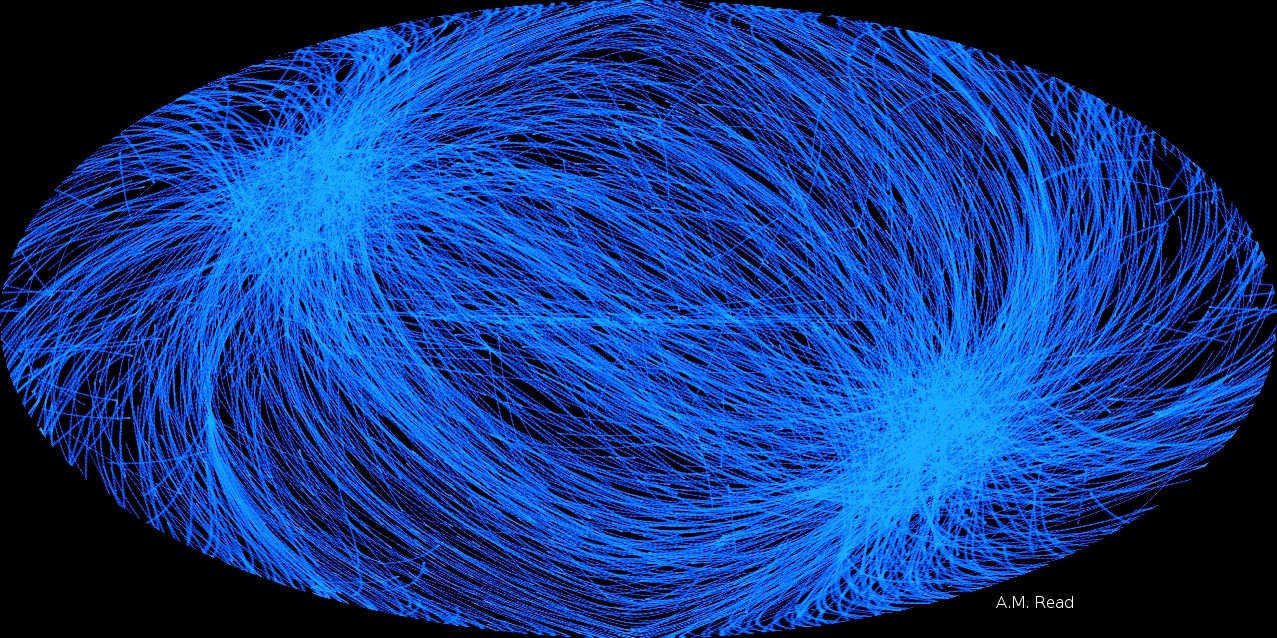|
Astronomical instruments are expensive. Satellites are even more expensive. Optimizing the data taking and making the most out of the available observations is therefore an important process. The XMM-Newton X-ray satellite has illustrated this by publishing its second "Second Slew Survey Catalog". Typically ground and space borne observatories perform pointed observations of a pre-defined list of interesting regions and objects. The time spent moving the instrument from one direction to the next is usually called dead-time and disregarded. The ESA led XMM-Newton satellite continues data taking during the slewing and the team managed to carefully analyse the obtained data and extract very useful information. The resulting source catalog contains ~70.000 sources detected during the slewing and represents ~10% of all XMM detected sources. The analysis add data to some old friends of mine: star-and-black hole binary systems like GRS 1915+105 and V 4641 Sgr (see Microquasars for a recent H.E.S.S./RXTE analysis of these objects). Sidenote: The operation mode of current TeV gamma-ray Cherenkov telescopes does not allow for data taking during slewing (the cameras are switched off in order to prevent damage due to bright stars passing through the field-of-view). On the other hand, the upcoming Cherenkov Telescope Array (CTA) will be able to continuously take data and one can imaging a future "CTA Slew Survey Catalog"...
0 Comments
Leave a Reply. |
AuthorMyself ;-) Archives
January 2024
Categories
All
|


 RSS Feed
RSS Feed